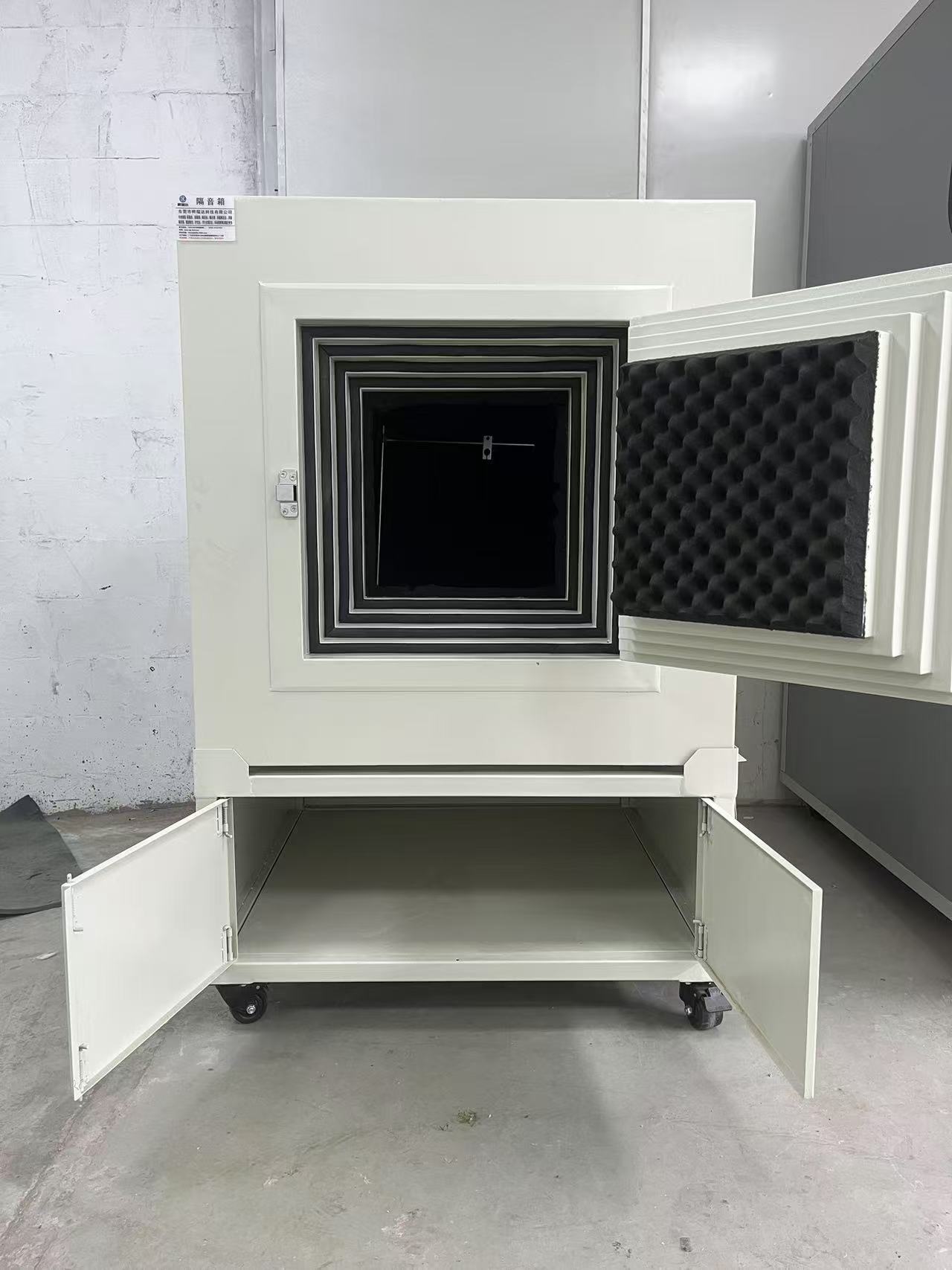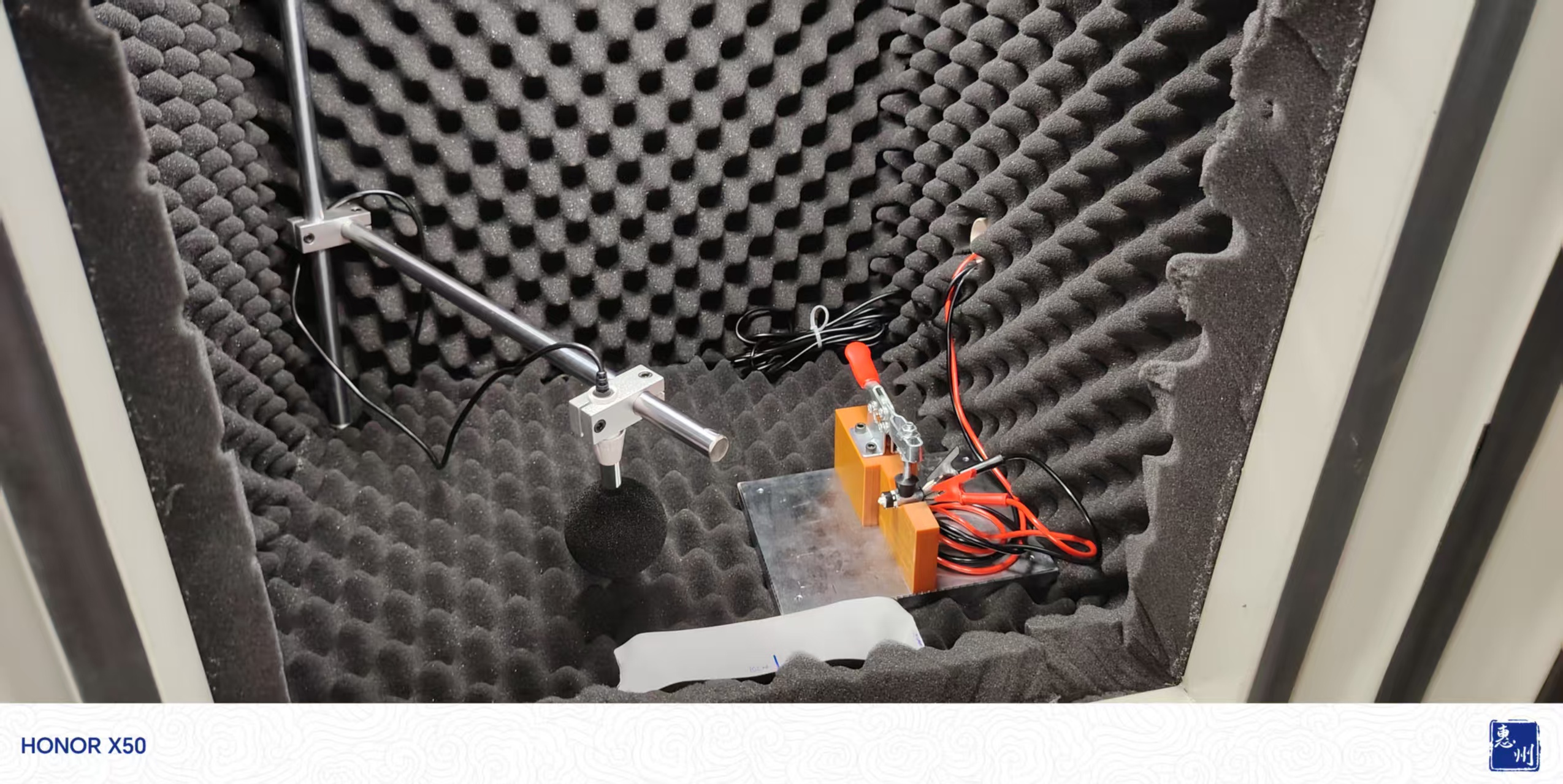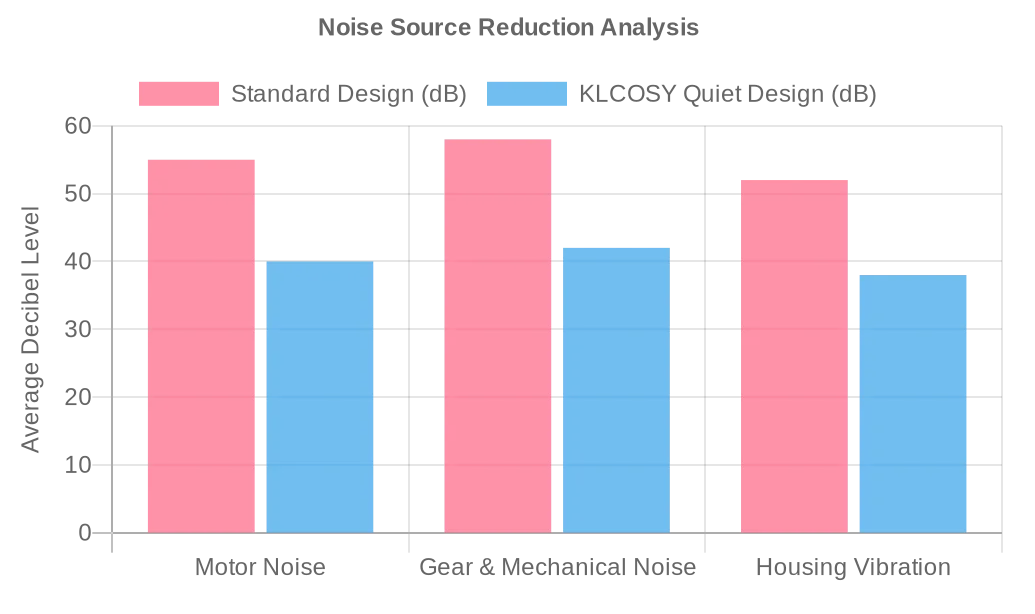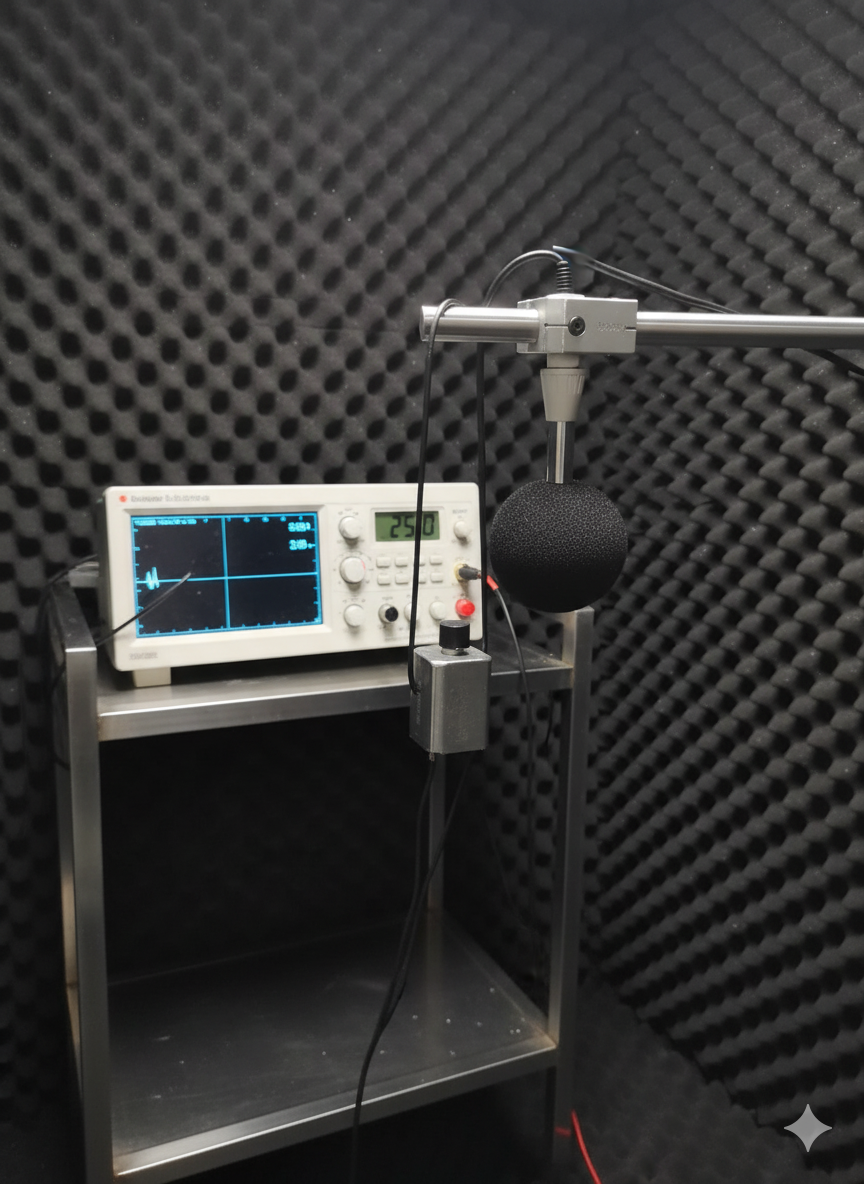How to Source a Quiet Massager: A B2B Sourcing Guide
- By Grace
- Updated on
I’ve had clients fly halfway across the world to my office in Dongguan. They'll test a sample massager, love its power, and be totally sold on the design. They're ready to place an order. Then, they turn it on. The device roars to life with the grating whine of a cheap power tool. The look on their face says it all, and the deal is dead before it even begins. In my experience, a loud motor is the number one deal-breaker for a premium wellness product.
Noise is a direct reflection of quality. Your customers are buying a massager to relax, not to feel like they're on a construction site. A high massager noise level is one of the most common complaints in online reviews, and it’s a flaw that can single-handedly destroy your brand’s reputation.
But here's the secret: quietness isn't luck. It's engineering. It's a series of deliberate choices, from the motor to the housing, that separates a therapeutic tool from an annoying gadget. Let’s break down what "quiet" really means and how we build it into every single unit we ship.
What Is an "Acceptable" Noise Level, Really?
Let's be honest, the word "quiet" on a spec sheet is meaningless without a number. A device marketed as a low noise massager could still operate at 65 decibels (dB), which is loud enough to disrupt a conversation. That's not a relaxing experience, and it's a common trap for buyers.
I remember a corporate wellness manager telling us their old relaxation room massagers were so loud that employees just stopped using them. After switching to our quiet massager models that operate below 45dB, they saw a 300% increase in usage. That's proof that a truly quiet experience is essential.

To make a smart choice, you need to understand decibels. A **Premium or "Whisper-Quiet"** device should be anything under 45dB at its highest setting. This is the gold standard for luxury and clinical-grade devices. A **Good Consumer-Grade** product should operate between 45dB and 55dB. Anything that consistently tests above 60dB is just too loud and risks being perceived as a cheap, disruptive product.
Making Sense of the Decibels
What is a quiet decibel level for a massager? Context is everything. This table helps translate the numbers into real-world experiences.

How Do You Engineer Quietness into a Product?
Most people assume a quiet massage gun just has a better motor. That’s the foundation, but it's only part of the story. True quietness is the result of a holistic design where every single component is optimized to reduce vibration and noise.
A physical therapist who uses our devices in his practice put it perfectly: "I need to be able to talk to my patients during treatment. The quiet operation of your massager lets me do that without shouting, which makes the whole session feel more professional and therapeutic."

Our approach is built on three pillars:
- The Motor: We start with a high-quality, dynamically balanced brushless motor. With no friction from brushes, it's inherently quieter.
- High-Precision Components: We use gears with incredibly tight manufacturing tolerances and high-quality lubricants to ensure they mesh perfectly, eliminating any grinding or whining.
- Sound-Dampening Housing: We integrate shock-absorbing silicone mounts for the motor and add internal foam to absorb any residual vibration.
This is how to engineer a quiet massager: by obsessing over the motor, the mechanics, and the acoustics all at once.

How Do You Guarantee Quietness in Mass Production?
A quiet "golden sample" is one thing, but how can you be sure the 5,000th unit off the line will be just as quiet? This is where many suppliers fall down. Inconsistent assembly can turn a quiet design into a noisy product.
An online retail partner told me their biggest headache with a previous supplier was inconsistent noise levels, which led to a confusing mix of 1-star and 5-star reviews. With our mandatory QC process, they achieved a stable 4.8-star rating. This is why partnering with a quiet massager manufacturer who can prove their process is so critical.

We eliminate this risk with a strict, non-negotiable Quality Control protocol. We pull a statistical sample from every single batch and test them in a sound-dampened booth using a calibrated decibel meter. Any unit that deviates from the "golden sample" by more than a tiny tolerance (e.g., +/- 2dB) is rejected and analyzed. We provide a copy of this acoustic test report with your QC documentation, giving you full confidence that your entire order meets the noise spec.
A Look at Our Acoustic QC Report
This is a simplified example of the report we generate. It provides a clear, data-driven pass/fail verdict for every production run.

A quiet massager is no longer a luxury; it's a core expectation for any quality wellness product. By understanding the specs, demanding superior engineering, and verifying performance through rigorous QC, you can succeed when sourcing quiet massagers. A reliable partner should provide data-backed proof of their noise reduction efforts, ensuring your brand stands out from the competition's noise.
Ready to hear the difference for yourself? Contact our team to request a formal noise test report for the model you're interested in, or to discuss engineering a whisper-quiet device for your brand.




